Chrysanthemums are the crown jewels of autumn gardens, but did you know many varieties thrive beautifully through summer too? With proper care, these resilient plants can provide months of vibrant color. Let's explore how to keep your mums flourishing from summer's heat through autumn's crisp days.
Getting to know your chrysanthemum types is the first step toward success. Garden mums are typically hardy perennials that form compact mounds, while florist mums are usually grown as annuals with larger, more elaborate blooms. There are early bloomers that flower in late summer and late-season varieties that peak in mid-autumn. Understanding your specific type helps tailor your care approach.
Choosing the right location is crucial for healthy chrysanthemums. These sun-loving plants need at least six hours of direct sunlight daily. Morning sun is particularly beneficial as it dries dew from leaves, preventing fungal diseases. Ensure the planting site has excellent drainage - mums dislike wet feet. If your soil tends to stay soggy, consider raising beds or planting in containers.
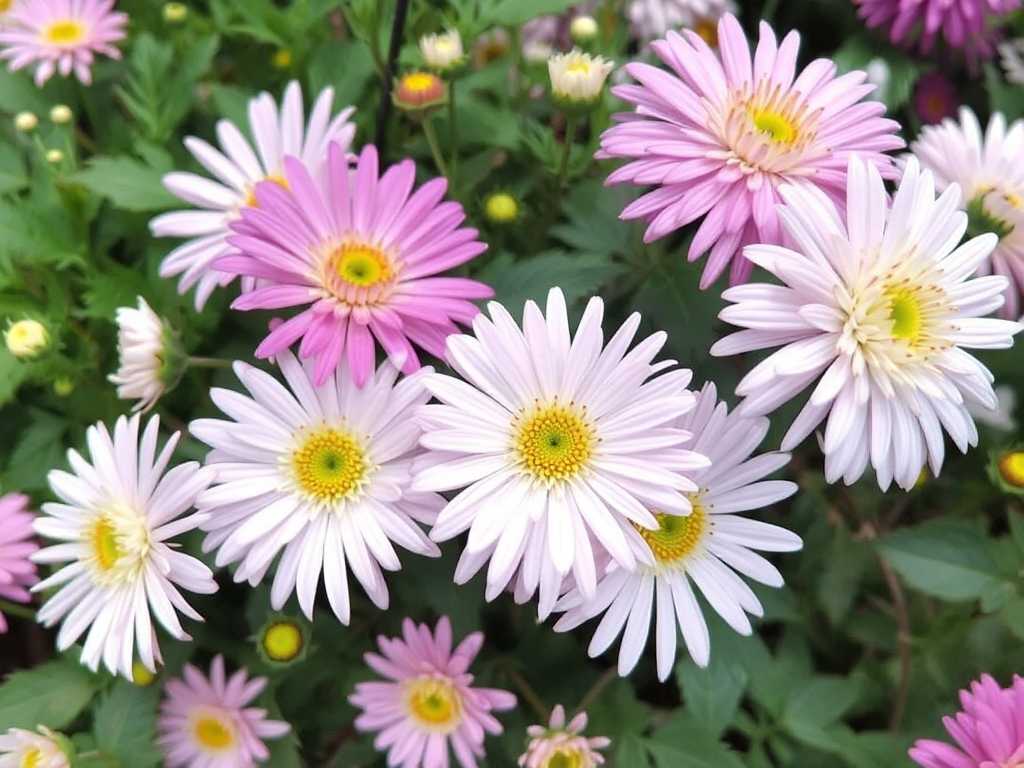
Soil preparation makes all the difference. Chrysanthemums thrive in rich, well-draining soil with a slightly acidic to neutral pH. Before planting, work several inches of compost or well-rotted manure into the top 12 inches of soil. This improves both drainage and nutrient content. A balanced, slow-release fertilizer mixed into the soil at planting time will give your mums a strong start.
Watering correctly is one of the most important aspects of chrysanthemum care. These plants prefer consistently moist soil but will suffer in waterlogged conditions. Water deeply when the top inch of soil feels dry, aiming to moisten the entire root zone. Early morning watering allows leaves to dry before evening, reducing disease risk. During hot summer spells, you might need to water every other day, while cooler autumn weather may require only weekly watering.
The secret to spectacular blooms lies in proper feeding. Begin with a balanced fertilizer when new growth appears in spring. Switch to a phosphorus-rich formula as buds form to encourage abundant flowering. Stop fertilizing about a month before your first expected frost to allow plants to harden off for winter. Container-grown mums may need more frequent feeding as nutrients leach out with watering.
Pinching and pruning create bushier plants with more flowers. For summer and autumn blooming chrysanthemums, pinch back the growing tips when plants reach about six inches tall. Continue pinching new growth every few weeks until mid-summer, then allow flower buds to form. This technique encourages branching and prevents plants from becoming leggy. Always use clean, sharp pruners to avoid damaging plants.
Dealing with pests and diseases promptly keeps plants healthy. Common issues include aphids, spider mites, and powdery mildew. Regularly inspect leaves, especially the undersides. A strong spray of water often dislodges pests, while neem oil provides effective organic control for more stubborn infestations. Proper spacing improves air circulation, reducing fungal disease risk.
Winter preparation ensures your hardy mums return next year. After flowering finishes, cut stems back to about two inches above ground level. In colder regions, apply a thick layer of mulch after the ground freezes to protect roots from temperature fluctuations. Avoid mulching too early, as this can create habitat for rodents that might nibble on roots.

Container gardening with chrysanthemums offers flexibility. Choose pots with drainage holes and use quality potting mix. Container mums dry out faster than ground-planted ones, so check moisture daily during warm weather. You can move pots to highlight different garden areas as seasons change or protect plants from extreme weather.
Propagating your favorite plants saves money and preserves special varieties. The easiest method is division - dig up established clumps in early spring, separate into smaller sections with roots attached, and replant. Stem cuttings taken in spring also root readily in moist potting mix. Sharing divisions with gardening friends is a wonderful way to spread beauty.
Troubleshooting common problems quickly resolves issues. Yellowing lower leaves often indicate overwatering, while wilting despite moist soil might signal root rot. Sparse flowering typically results from insufficient sunlight or improper pinching. Leggy growth suggests the plant needs more light or more frequent pinching. Addressing these issues promptly keeps plants healthy.
Creating stunning displays with chrysanthemums adds seasonal beauty. Combine different varieties for extended bloom time, pairing early and late bloomers. Mix heights and colors for visual interest. Chrysanthemums complement ornamental grasses, asters, and sedums in autumn gardens. In containers, combine them with trailing plants like ivy for beautiful arrangements.
With these practical cultivation methods, your summer and autumn chrysanthemums will thrive, providing lasting color when many other plants are fading. The effort you invest in proper planting, feeding, and maintenance will reward you with spectacular blooms season after season. Remember that gardening is both science and art - observe your plants closely and adjust care as needed for your specific growing conditions.
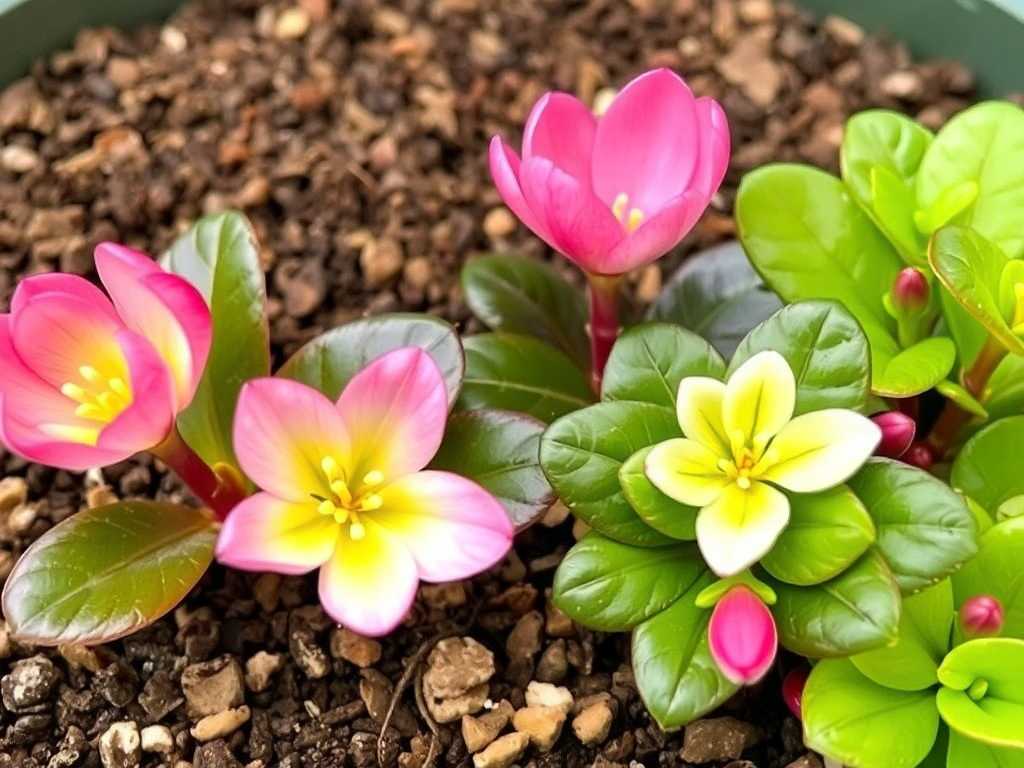
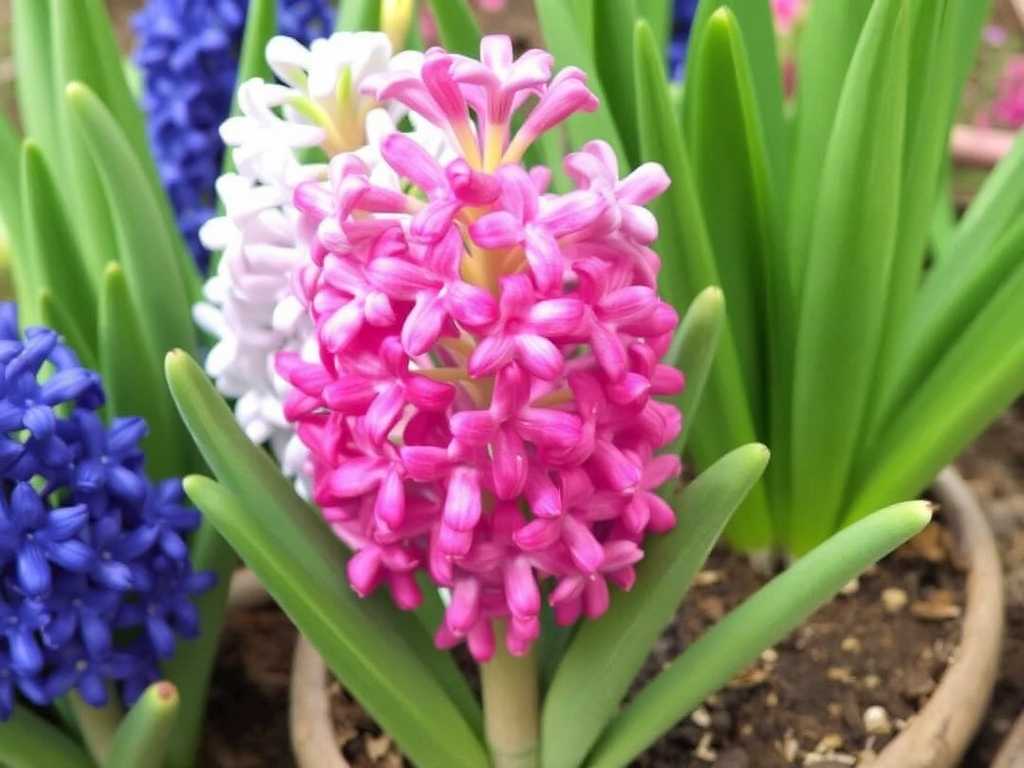
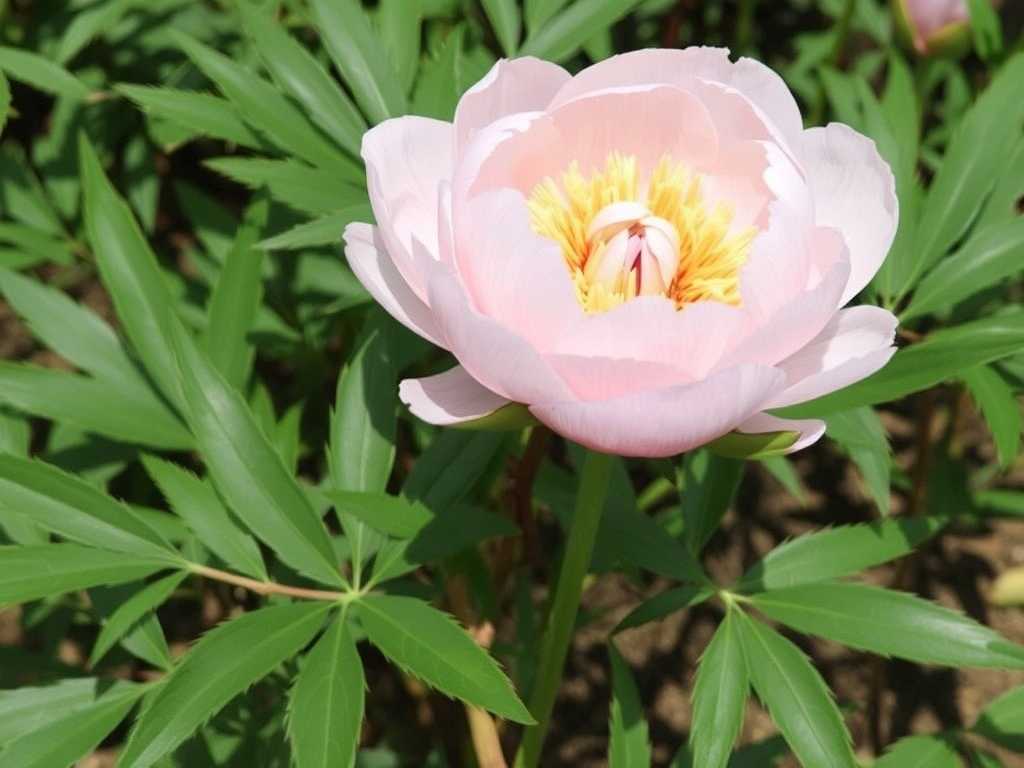

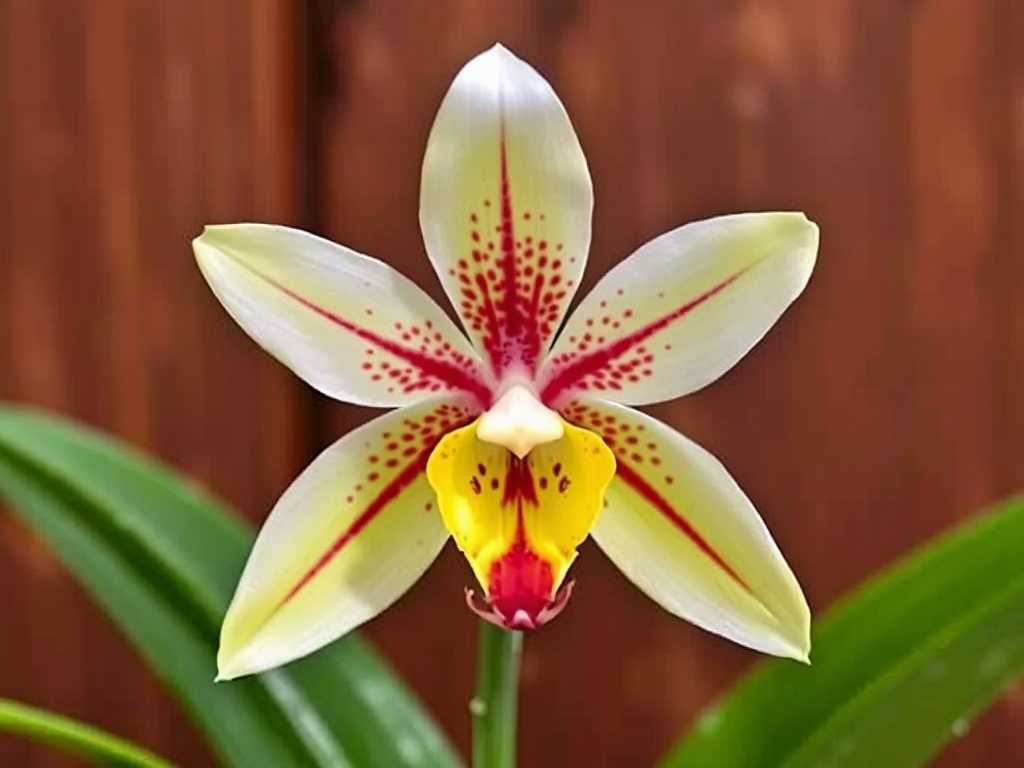
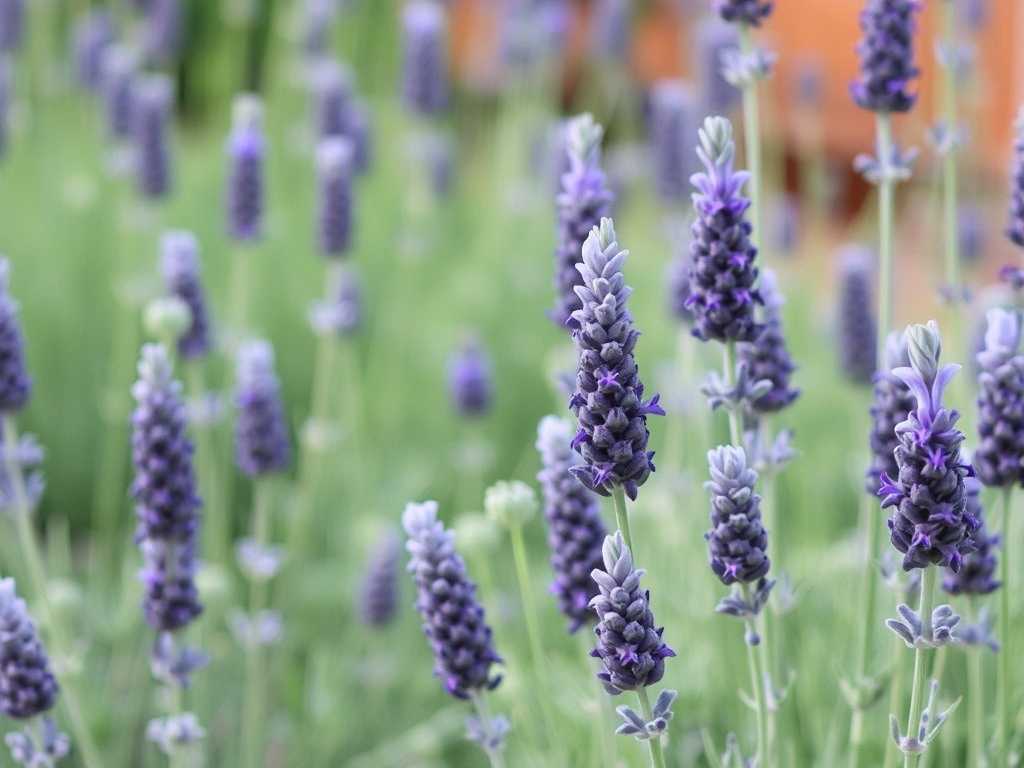
发表评论